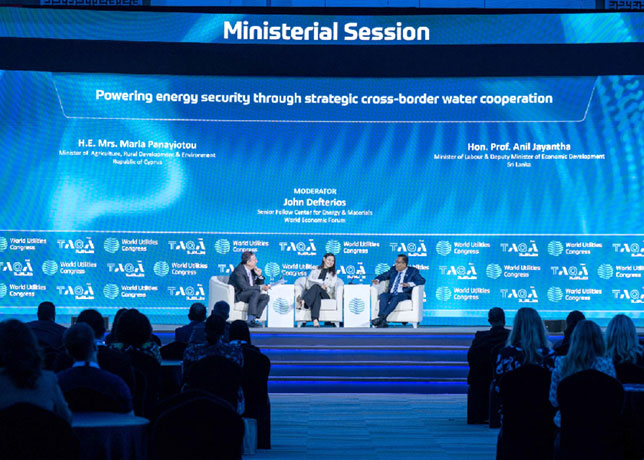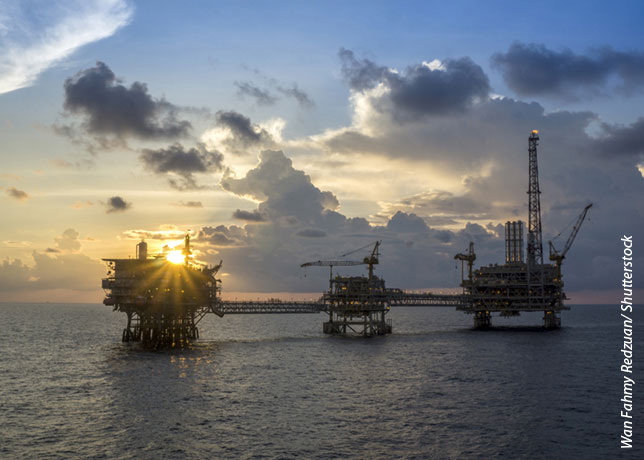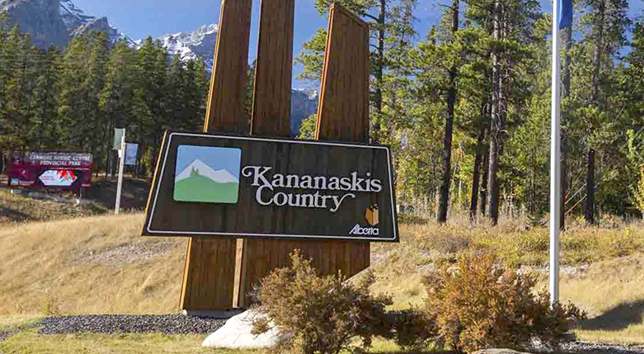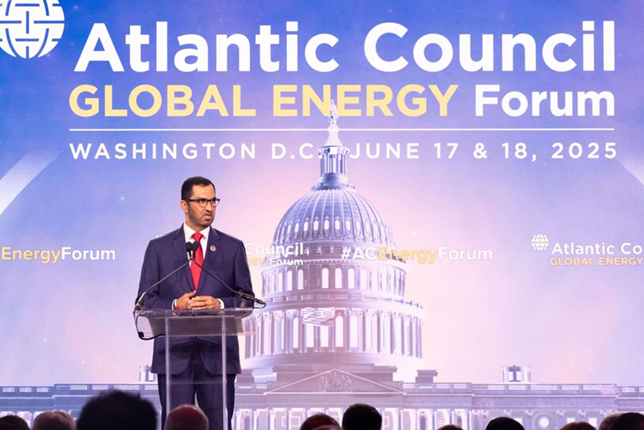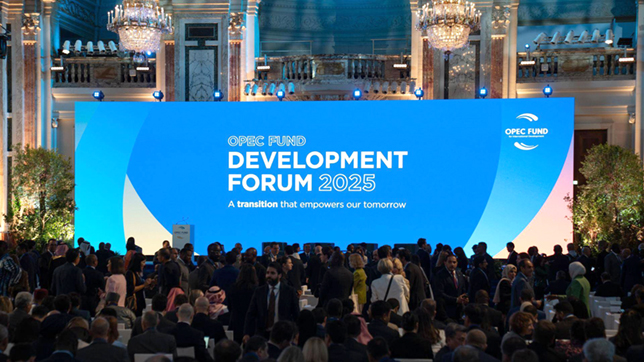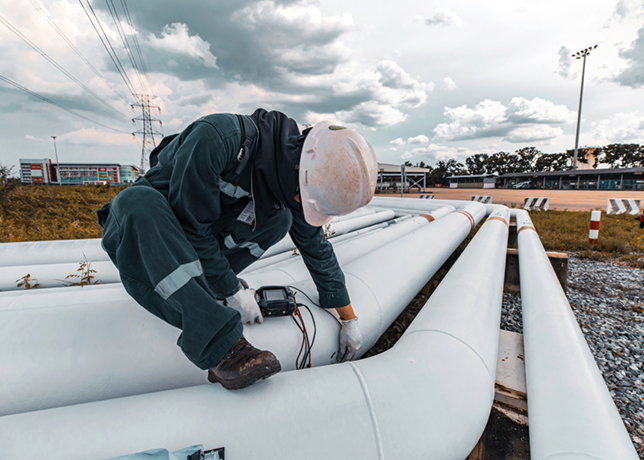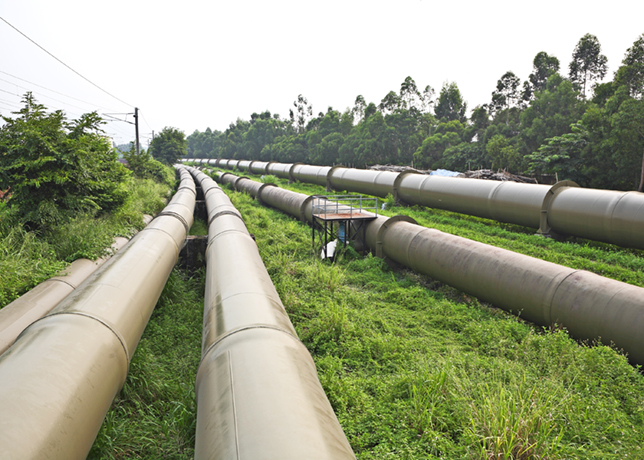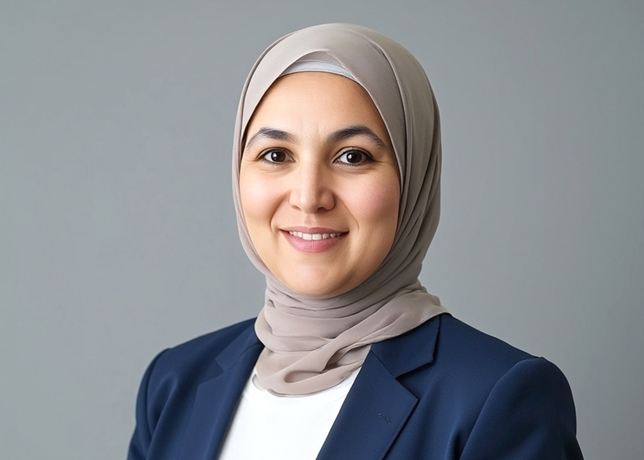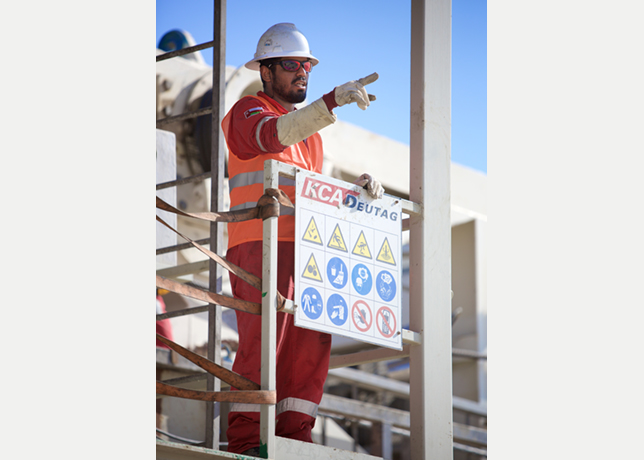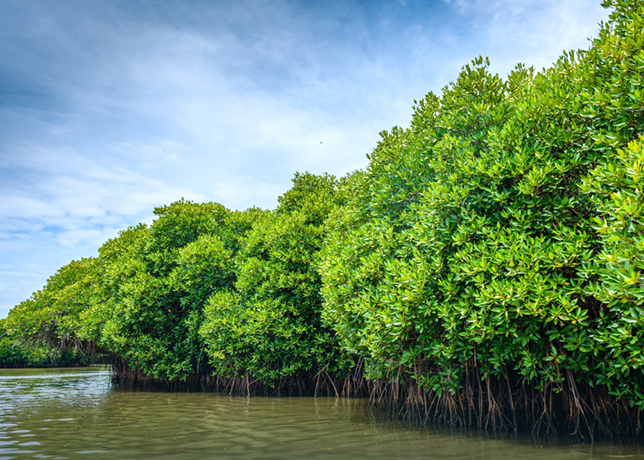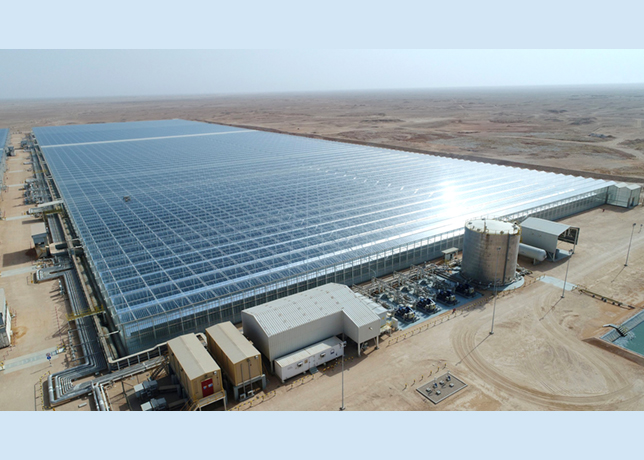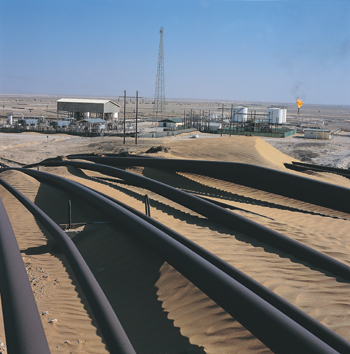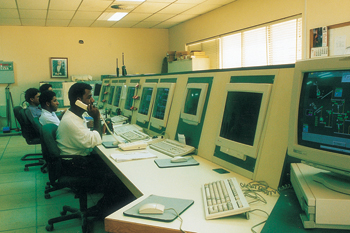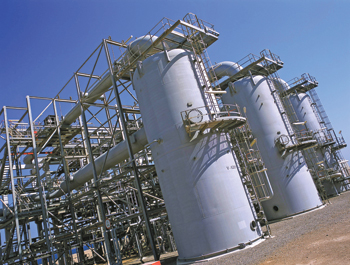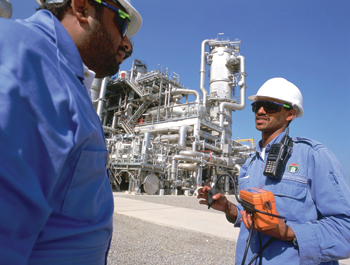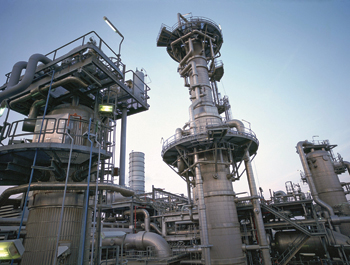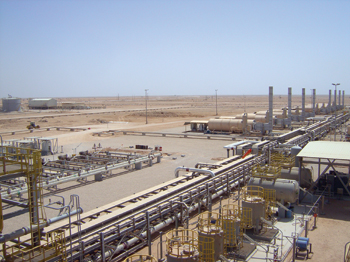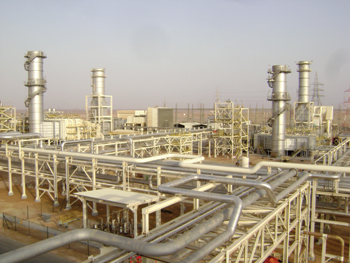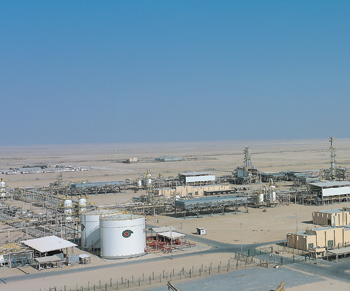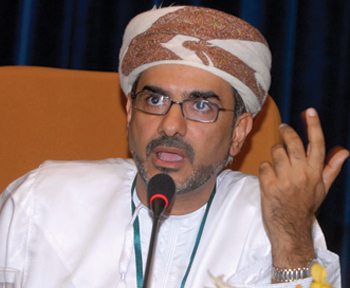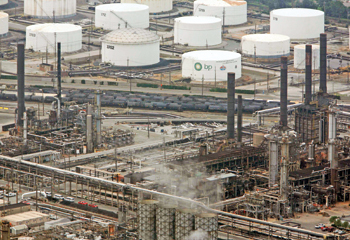
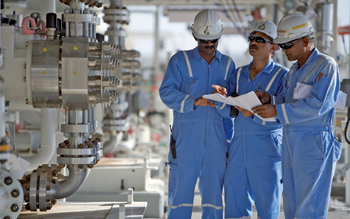 Petrofac ... partnering with OOC
Petrofac ... partnering with OOC
THE Oman government is planning to set up two major specialised institutes, including an engineering college, to meet the growing need for 20,000 to 30,000 additional oil and gas industry professionals in the next 10 years.
The first proposed technical training institute will come up in Adam, south of Muscat, to offer a three-year diploma programme for school leavers in technical fields required by the industry, which include electrical, mechanical, instrumentation and draftsman, Salim bin Nasser bin Said Al Aufi, undersecretary at the Ministry of Oil and Gas, says.
The second institute is planned in Muscat for conducting bachelors’ degree programmes in different fields in petroleum engineering, chemical engineering and mechanical engineering. “This will have a capacity to take 100 students a year,” notes the undersecretary. The plans to set up these two institutes are part of a larger in-country-value (ICV) initiative and the first part of this move is to review and assess the capabilities of existing institutes, he says.
“The (proposed) Adam institute will be a joint venture between Petrofac and Oman Oil Company. It will be designed to take 500 students a year,” says Al Aufi. “The programme is for school leavers, training them for three years to join the work force. At the time of training, there will be a lot of discussion between the institute, companies and students to ensure that jobs are available when they complete the programme.”
He says that Oman would need 20,000 to 30,000 additional skilled workers in the oil and gas field in the next 10 years. “Our intention is to source as many as possible from within the country. Only when there is a serious shortage, at a time when the work needs to be done, we look for expatriates,” he says, adding that the challenge is to attract school leavers to get on board with the programme and go through the training to work in oil and gas sector.
The undersecretary says that as part of the ICV initiative, the ministry is reviewing and assessing the levels and capabilities of existing technical institutes. “We are reviewing the curriculum, training environment (both practical and theoretical side) and putting together a standard for the training programme. We have already reviewed four institutes and just finished the first draft of the review. Next step is to sit with individual institutes and design a programme that needs specific requirements of oil and gas industry.”
Al Aufi also notes that as part of strengthening ICV, the ministry has reviewed 260 different skills and the focus now is on introducing five major specialisations, which include electrical, mechanical, instrumentation and draftsman.
He also says that the demand for skilled workers in the oil and gas sector is growing mainly due to two reasons – availability of local talents for jobs occupied by foreigners and additional projects that are coming up in the next 10 years. Apart from a series of enhanced oil recovery projects under various stages of implementation by Petroleum Development Oman (PDO), the mega-sized Khazzan tight gas field development in north-central Oman will boost demand for skilled workers in oil and gas field in the country.
The minimum Omanisation requirement for oil and gas operators is stipulated at 80 per cent, while it is much lower in the case of contracting firms in oil field.
“Lot of contracting activities are construction driven and it is not fully Omanised at this point of time.”
Human resources experts, training managers and leadership consultants from the oil and gas industry in the Middle East and North Africa region gathered in Muscat for the conference. The human resources sector in the oil and gas sector is facing significant challenges in the region.










